What’s the most important safety feature in any vehicle? Seatbelts, airbags, or brakes? Just like the engine is essential to getting the vehicle moving, brakes are vital in slowing down and stopping your vehicle. You may have heard different terms in relation to brakes such as shoes, disc, drum, and others. In this article, we’ll discuss the difference in disc and drum brakes so that you can feel confident the next time brakes are on the list of maintenance items for your car.
Most vehicles today are equipped with service brakes, the system that is designed to slow or bring the vehicle to a stop. This system may include disk brakes on all four wheels or a combination of the disk on the front and drums on the rear wheels. While their composition differs, disk and drum brakes both operate the same way to accomplish slowing down or stopping. When the brake pedal is depressed, hydraulic pressure is distributed to the proper brake components forcing the wheels to slow or stop. Front brakes play a larger role in stopping over the rear. This is because, during braking, the weight of the vehicle is forced forward to the front wheels.
Drum Brakes
Attached to the hub, drum brakes contain long, curved blocks called brake shoes that are mounted inside the drum. When the brake pedal is pressed, hydraulic fluid is pushed into the brake wheel cylinders, which forces the brake shoes against the drum, creating the friction needed between the shoes and the drum to stop the car.

Disc Brakes
Used more often and more efficient than drum brakes, disc brakes contain rotors that are bolted to the wheel hub and calipers where brake pads are mounted. In response to a cue from the brake pedal, the master cylinder, and the hydraulic fluid, also known as brake fluid, the caliper compresses the disk pads onto the rotor. This process produces friction between the pad and rotor that forces the vehicle to slow or stop.
Which is Better?
The advantage of disc brake systems over their counterparts is that brake pads are pressed against the rotors and therefore are able to better dissipate heat, allowing them to run cooler. Additionally, they are self-adjusting, easier to inspect and produce a better result when slowing or stopping. Some vehicles today utilize disk brakes in the front and drums in the back, making them more cost-effective. For those who desire disc brakes for their drum-equipped vehicles, conversion kits are available to transition to disc brakes.
Stop Trouble
When it’s time for new brakes or brake service, there are a few telltale signs that you may identify. The most common signs of brake trouble include:
- Sinking brake pedal
- More pressure required on the brake pedal to keep the car from creeping forward
- Brake warning light illuminated ( ! )
- Wet spots around hose or line connections
- Fluid leaks from disc brake caliper or drum wheel cylinder
- Rumble sound accompanied by squeaking when slowing down or stopping
- A brake indicator squealing when the brakes are not applied
- The brake fluid level low (as the brake friction material wears down the fluid level will drop)
Brakes – We’re the Expert!
Many companies claim they’re the expert when it comes to brakes. Sun Devil Auto is the true authority in brakes and brake service and we have the certifications to prove it. Our ASE Certified Technicians go through comprehensive education and testing to ensure your brakes are repaired and replaced the right way, the first time. Brake fluid flush, machining of rotors, or full brake replacement, we’re the company you can trust to get quality service and satisfaction. Plus, we guarantee all work in writing and don’t begin any work until it’s authorized by you first. Stop your search and visit a Sun Devil Auto today.
